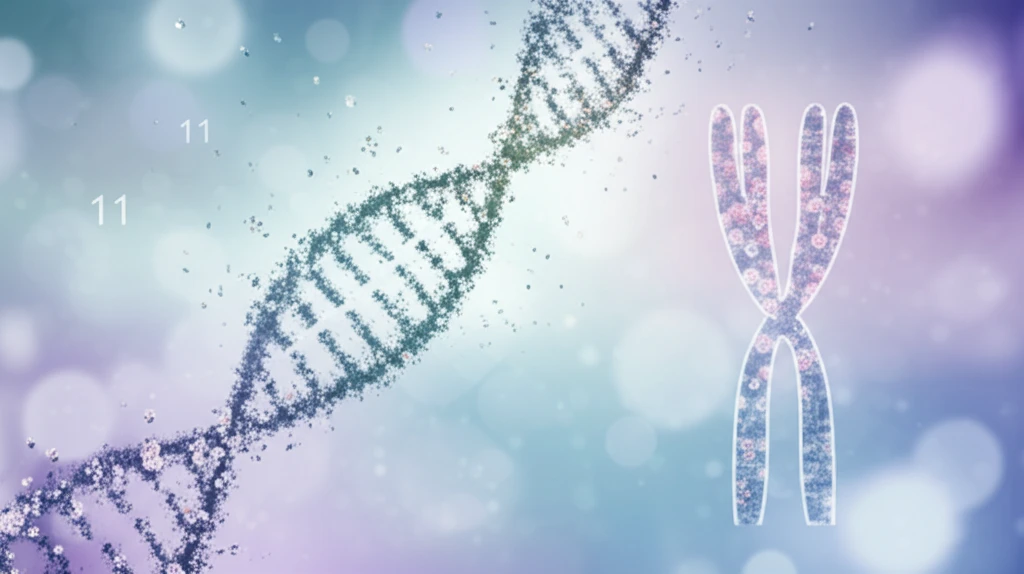
Decoding MLL/CBL Gene Fusions: What You Need to Know About Leukemia's Hidden Culprit
"A Simple Guide to Understanding del(11)(q23q23) and Its Impact on Acute Myeloid Leukemia"
For many, the world of genetics feels like navigating a complex maze filled with unfamiliar terms and intricate processes. However, understanding the basics can be empowering, especially when facing health challenges like leukemia. One area of significant interest is the MLL/CBL gene fusion, particularly the deletion del(11)(q23q23), which plays a role in specific types of acute myeloid leukemia (AML).
This article aims to demystify the MLL/CBL gene fusion, breaking down the scientific jargon into easy-to-understand language. We will explore what this genetic anomaly is, how it's identified, its implications for health, and current approaches to treatment. Whether you're a patient, a family member, or simply someone curious about genetics, this guide is designed to provide clarity and support.
The information presented here is based on research published in the 'Atlas of Genetics and Cytogenetics in Oncology and Haematology,' a respected resource in the field. By synthesizing this information, we hope to offer a practical and accessible overview of a complex topic.
What is del(11)(q23q23) MLL/CBL?

In simple terms, del(11)(q23q23) MLL/CBL refers to a specific type of genetic alteration where a portion of chromosome 11 is deleted. This deletion involves two genes: MLL (Mixed Lineage Leukemia) and CBL (Casitas B-lineage Lymphoma). These genes, normally separate, become fused together due to the deletion, leading to the creation of a hybrid gene.
- Chromosome 11: Think of chromosomes as the 'books' containing our genetic information. Humans have 23 pairs of chromosomes, and chromosome 11 is one of them.
- q23q23: This is the specific location on chromosome 11 where the deletion occurs. 'q' refers to the long arm of the chromosome, and '23' indicates a particular region on that arm.
- MLL Gene: The MLL gene provides instructions for making a protein crucial for the normal development of blood cells. When this gene is altered, it can lead to leukemia.
- CBL Gene: The CBL gene is involved in regulating cell growth and signaling pathways. It acts as a tumor suppressor, preventing cells from growing uncontrollably.
- Gene Fusion: In del(11)(q23q23) MLL/CBL, the deletion causes parts of the MLL gene to fuse with parts of the CBL gene. This creates a new, abnormal protein that can disrupt normal cell function and contribute to the development of leukemia.
What Does This Mean for Treatment and Prognosis?
The identification of del(11)(q23q23) MLL/CBL is crucial for diagnosis and treatment planning. According to the original research, the patient described achieved complete remission with chemotherapy and remained in remission for 25 months. While this is just one case, it highlights the importance of understanding the specific genetic profile of leukemia to tailor treatment effectively. Ongoing research continues to explore targeted therapies that can specifically address the MLL/CBL fusion protein, potentially leading to more effective and less toxic treatments in the future. If you or a loved one is affected by leukemia, discuss genetic testing and its implications with your healthcare provider to ensure the most informed and personalized treatment approach.
